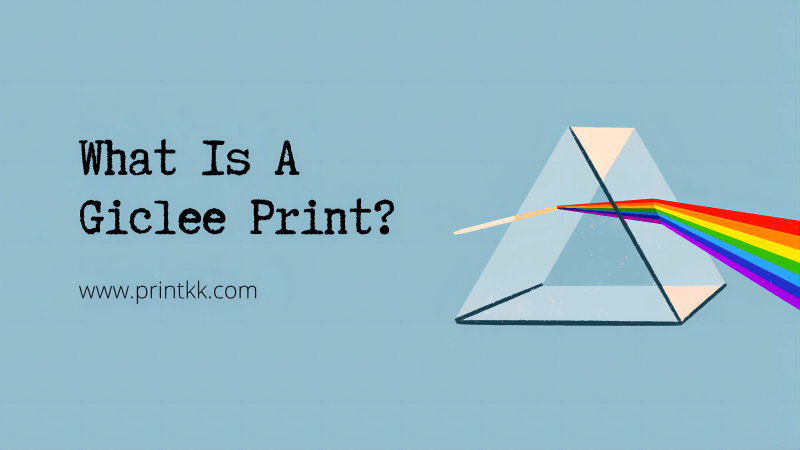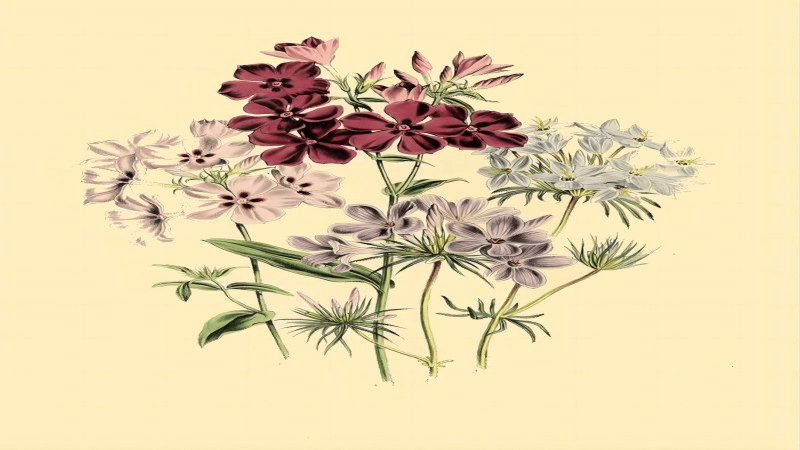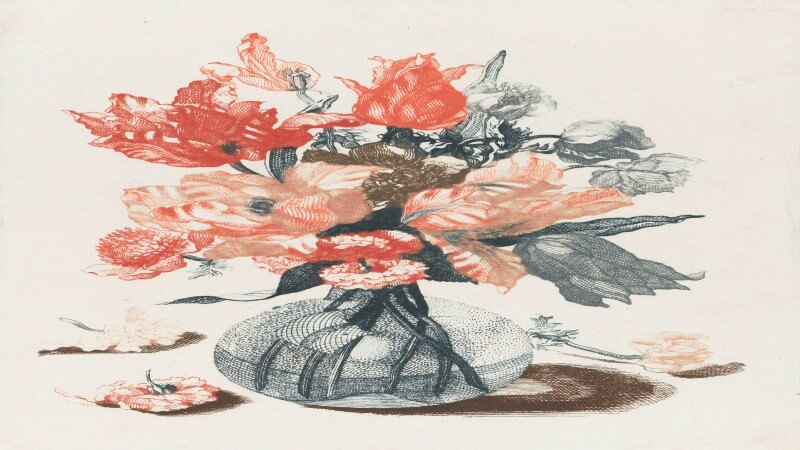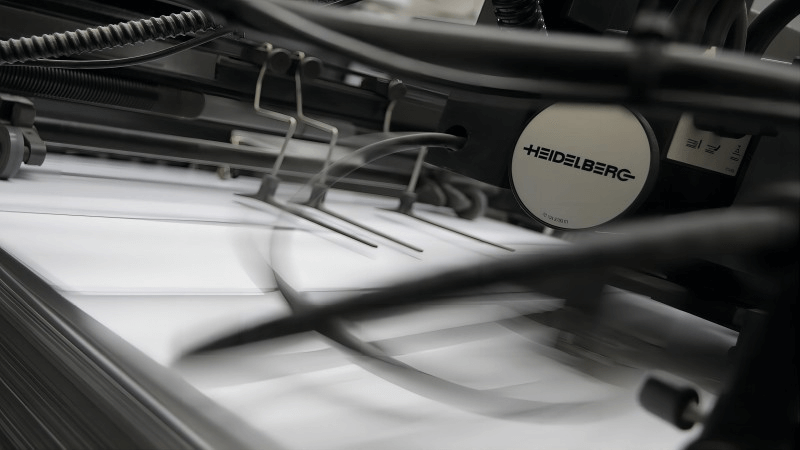
Embark on a journey into the realm of fine art printing, where giclee emerges as the pinnacle of quality. Renowned for its precision and longevity, giclee printing captivates artists and collectors alike, marrying technology with tradition. Discover the essence of giclee, its unparalleled vibrancy, and why it remains the choice for those who demand the best in art reproduction.
What Does the Term "Giclee" Really Mean?
In the vibrant world of art and print, the term "giclee" stands out as a beacon of quality and sophistication. Originating from the French verb "gicler," meaning "to spray or to squirt," giclee refers to a sophisticated inkjet printing process that creates high-quality art reproductions. This method is not your average print job; it involves the use of professional-grade, large format printers that employ pigment-based inks rather than the dye-based inks found in standard printers.
Understanding the meaning behind "giclee" reveals why this printing technique holds such a prestigious place in the art world. It's not just about the advanced technology or the superior inks; it's about bringing artworks to life in a form that respects the original vision of the creator.
This commitment to excellence reflects the core of what giclee stands for—a fusion of craftsmanship and innovation that transcends ordinary printmaking.
What Is a Giclée Print?
At the heart of high-quality art reproductions lies the Giclée print, a term that has revolutionized the way we think about printing technology and artistic fidelity. But what exactly is a Giclée print? Derived from the French verb "gicler," meaning "to spray or to squirt," Giclée accurately describes the method used to create these prints. It's a process that involves the precise application of millions of ink droplets onto archival quality paper or canvas, resulting in reproductions that boast unparalleled detail and color accuracy.
At its core, a giclée print is a type of inkjet print, but it's far from ordinary. The criteria for a print to qualify as giclee are stringent, involving the use of archival quality inks and high-grade paper or canvas. This ensures not only a superior depth of color but also a level of durability that makes these prints a valuable investment.
The giclee process allows for a finer degree of color accuracy and detail than traditional inkjet prints, making it a preferred choice for reproducing original artworks or photographs with exacting fidelity.

The Features of a Giclée Print
Premium prints are distinguished by several key features, making them a preferred choice for artists, designers, entrepreneurs, and beyond. Understanding these characteristics is crucial for anyone looking to offer or purchase high-quality printed products.
Archival Quality Materials
Giclée prints are produced using archival quality inks and substrates, such as acid-free papers and canvas. This ensures that each print not only boasts vivid colors and sharp details but also has a durability that can last over a century without fading or degradation, under proper care.
High-Resolution Printing
The printing process involves using advanced inkjet printers capable of producing incredibly high resolution and color density. This level of detail makes giclée prints nearly indistinguishable from the original artwork, capturing every nuance intended by the artist.
Color Accuracy and Range
Utilizing a wide spectrum of color to ensure that each hue is vivid and true to the original piece. This feature is particularly important for reproductions of artworks and photographs that rely on precise color representation for their impact.
Customizability and Versatility
The giclée process allows for flexibility in print sizes and substrates, enabling artists and customers to choose the perfect fit for their space and aesthetic preferences. Whether it's a small print for a home office or a large canvas for a gallery, giclée printing accommodates a variety of display needs.
Sustainability
Many giclée print providers prioritize sustainability by using eco-friendly materials and processes. This includes inks that are safer for the environment and papers sourced from sustainable forests, aligning with the values of eco-conscious consumers and businesses.
These features underscore the unique appeal of giclée prints, offering unparalleled quality and flexibility.
Why Choose a Giclée Print?
Here are compelling reasons why selecting a giclée print can elevate your artwork, product offerings, or personal collection to new heights.
- Unmatched Quality
The precision and detail achieved with giclée printing are unmatched, offering a clarity that closely mirrors the original artwork. This makes giclée prints ideal for reproducing fine art and photographs with complex textures and nuances.
- Durability
Crafted with archival quality materials, giclée prints are designed to withstand the test of time. Their resistance to fading and environmental damage ensures that they remain vibrant for generations, making them a valuable addition to any collection.
- Wide Color Gamut
The extensive color range available through giclée printing allows for the creation of prints that are vivid and true to the original colors. This is particularly beneficial for artworks that rely on subtle gradations and shades for their full effect.
- Versatility
Whether you need a specific size or substrate, giclée printing offers the flexibility to meet diverse requirements. This adaptability makes it suitable for various applications, from gallery displays to personalized home decor.
- Eco-Friendly Options
The giclée printing process often incorporates environmentally friendly practices, including the use of eco-conscious inks and sustainable paper options. Choosing giclée prints reflects a commitment to environmental stewardship, aligning with the values of eco-aware consumers and businesses.
- Market Appeal
The high standard of giclée prints makes them highly sought after in the art market, appealing to collectors and enthusiasts who prioritize quality. Offering giclée prints can enhance the perceived value of your artwork or product lineup, attracting a discerning clientele.
Giclée printing offers a superior way to bring creative visions to life, ensuring they remain as impactful tomorrow as they are today.
How to Sell Giclée Prints Online
Selling giclée prints online opens a gateway to a global audience, offering artists, designers, and entrepreneurs a lucrative opportunity to showcase and distribute their work. Here's how to navigate the online marketplace to successfully sell giclée prints.
- Build a Professional Online Presence
A well-designed website or online store serves as the cornerstone of your online sales strategy. It should reflect the quality and professionalism of your offerings, making it easy for customers to browse, learn, and make purchases.
- Utilize SEO Strategies
Implementing search engine optimization techniques ensures your website and products are discoverable. Research and use relevant keywords related to giclée prints and your specific art niche to improve visibility on search engines.
- Leverage Social Media
Social platforms are invaluable for marketing your giclée prints. Regularly post high-quality images of your prints, share behind-the-scenes content, and engage with your audience to build a community around your art.
- Offer Limited Editions
Creating limited edition giclée prints can enhance the perceived value and exclusivity of your artwork. Number and sign each print to assure buyers of its authenticity and limited availability.
- Provide Detailed Product Information
Include comprehensive descriptions for each giclée print, covering the artwork's inspiration, the printing process, materials used, and care instructions. This transparency builds trust and helps customers make informed decisions.
- Implement Customer Reviews and Testimonials
Positive feedback from satisfied customers can significantly influence potential buyers. Feature reviews and testimonials prominently on your site to demonstrate the quality of your prints and customer service.
- Offer Customization Options
Personalization appeals to customers seeking unique art pieces. Provide options for custom sizes, frames, or even color adjustments to cater to individual preferences and interior design needs.
- Streamline the Buying Process
Ensure that the purchase and checkout process on your website is straightforward and secure. Offer multiple payment options and clear information about shipping, returns, and customer support.
By adopting these strategies, you can effectively sell giclée prints online. Remember, success requires not only exceptional art but also a strong online marketing approach that resonates with your target audience.
Giclée Prints vs. Digital Prints
In the evolving landscape of print-on-demand services, distinguishing between giclée prints and digital prints becomes crucial for entrepreneurs, artists, and collectors alike.
- Quality and Detail
Giclée prints are renowned for their high fidelity to the original artwork, offering exceptional detail, color accuracy, and texture. This is attributed to the advanced inkjet printing technology used, capable of producing a wider color gamut and finer print resolution.
- Material and Durability
The use of archival-quality inks and substrates in giclée printing ensures that these prints stand the test of time. Unlike standard digital prints, which may use lower quality materials, giclée prints are resistant to fading and deterioration, making them ideal for fine art reproductions.
- Cost and Accessibility
Digital prints are more cost-effective and accessible, providing a quick and efficient solution for high-volume printing needs.
- Application and Audience
Giclée prints cater to a niche market of art collectors, galleries, and discerning customers looking for premium quality reproductions. Digital prints, on the other hand, serve a broader audience, fulfilling a wide range of commercial and personal printing needs.
Understanding these differences empowers businesses and artists to make informed decisions when selecting a printing method.
Conclusion
In the realm of high-quality art reproductions, giclée prints have emerged as a superior choice for artists, entrepreneurs, and collectors alike.
Giclée prints represent a fusion of artistry and precision, providing a medium that respects the original work's integrity while embracing modern printing technology. For anyone involved in the creation, distribution, or collection of art, understanding the value of giclée prints is essential.
As we move forward, the significance of these prints in the art and business world will undoubtedly continue to grow, driven by their quality, sustainability, and the diverse needs of the global market.
FAQs
Do giclee prints have texture?
Giclée prints may exhibit texture, primarily influenced by the substrate used. Papers with inherent texture or canvas materials enhance the tactile quality, making each print uniquely appealing.
Why are giclee prints so expensive?
Giclée prints command higher prices due to their superior quality and production costs. The use of archival inks and premium substrates ensures longevity and fidelity to the original artwork, contributing to the expense.
What is the difference between giclee and standard print?
The key difference between giclée and standard prints lies in quality and production technique. Giclée prints utilize archival inks and high-grade paper or canvas, ensuring longevity and color accuracy unmatched by standard printing.
What is the difference between a giclee and a serigraph?
Giclée prints use inkjet technology to spray fine pigment onto paper or canvas, offering high detail and color accuracy. Serigraphs involve screen printing with stencils, layering ink for vibrant, textured results.












 Global Shipping
Global Shipping








 Made in USA
Made in USA




















